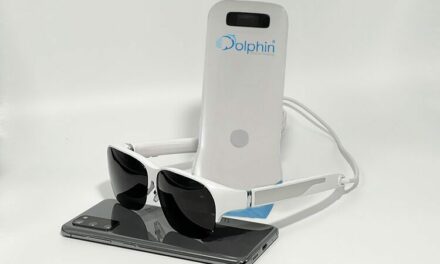Hologic’s Genius Digital Diagnostics System, featuring the Genius Cervical AI algorithm, has gained U.S. FDA clearance. This system, utilizing artificial intelligence and advanced imaging technology, aids in detecting precancerous lesions and cervical cancer cells.
“Hologic is a leading innovator in women’s health with a commitment to advancing cervical and breast cancer screening technologies, from the first liquid-based cytology test to the first 3D mammography system and now the first FDA-cleared digital cytology platform,” says Jennifer Schneiders, PhD, president, diagnostic solutions at Hologic.
“Our technologies have had a tremendous impact on decreasing cancer rates in women, and we are incredibly excited by the promise of Genius Digital Diagnostics. The system delivers more actionable and accurate insights for laboratories and healthcare professionals to enhance patient care,” adds Schneiders.
Screenings for cervical cancer include a Pap test, where a sample is generally collected at an Ob-Gyn office, and the cervical cells are sent to a lab where they are transferred to a glass slide. To date, this glass slide has been reviewed under a microscope. With the Genius Digital Diagnostics System, the glass slides are digitally imaged and an artificial intelligence algorithm is applied to pinpoint the cells that cytologists and pathologists should review.
The Genius Digital Diagnostics System assists laboratories in providing healthcare professionals with timely treatment guidance. It also allows remote case review by cytologists and pathologists, ensuring patients benefit from expert input regardless of location.
The Genius Digital Diagnostics System consists of the Genius Digital Imager for image acquisition, the Genius Cervical AI algorithm for image analysis, the Genius Image Management Server for image storage and the Genius Review Station for local or remote case review. The Genius Digital Diagnostics System is already commercially available in Europe, Australia and New Zealand. Commercial availability in the U.S. is expected in early 2024.





